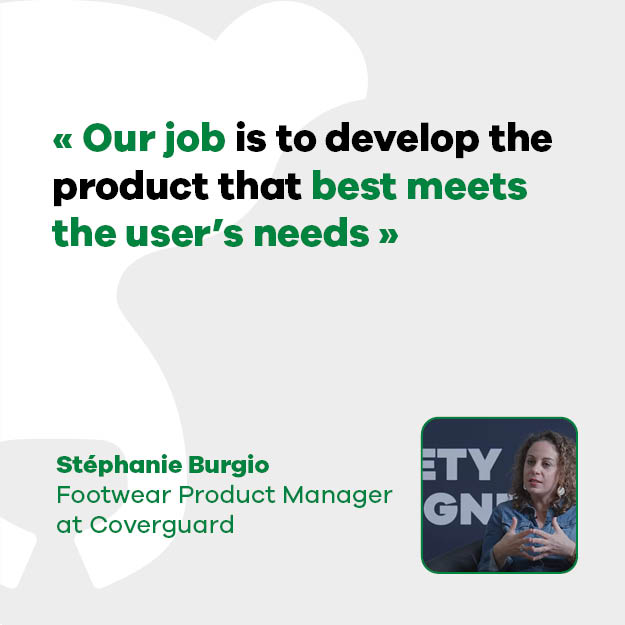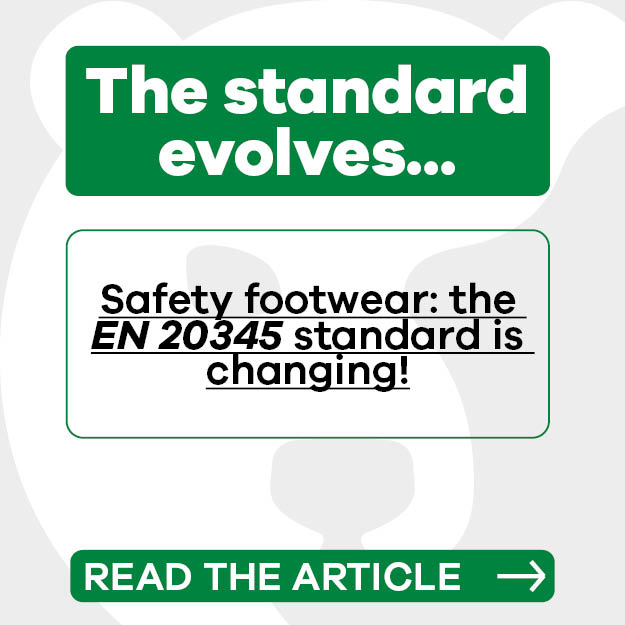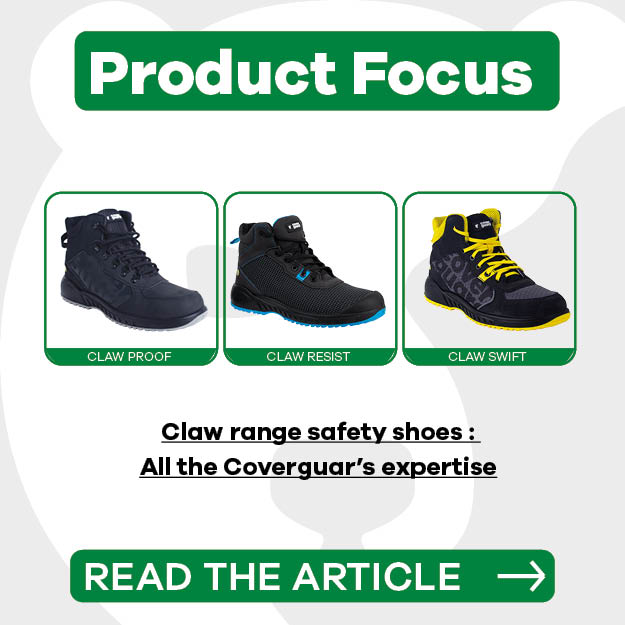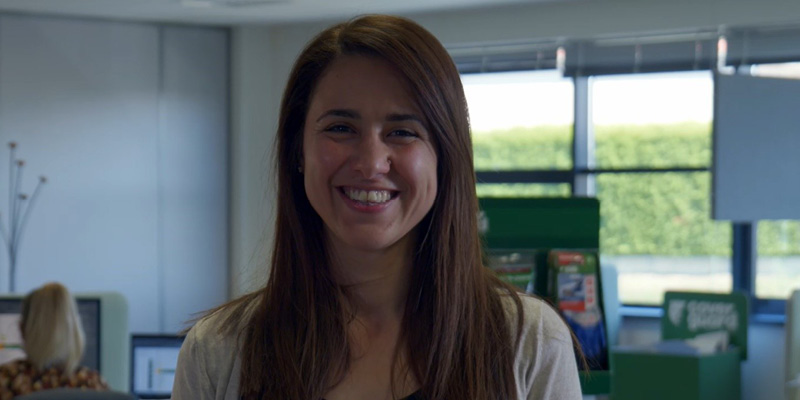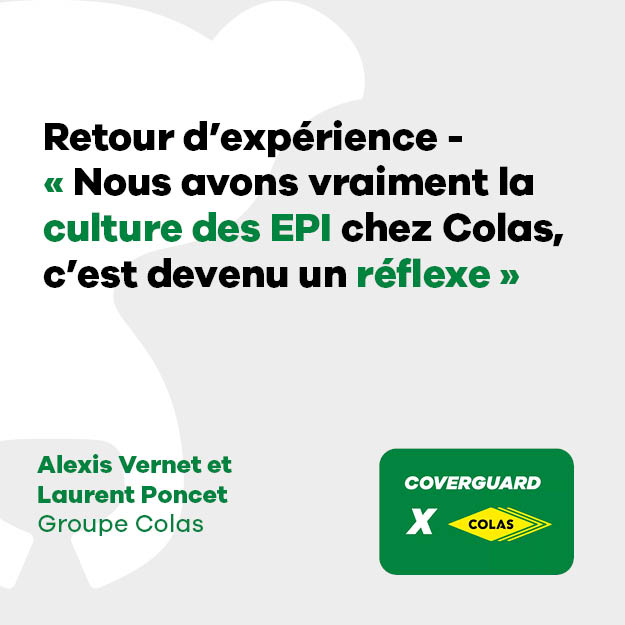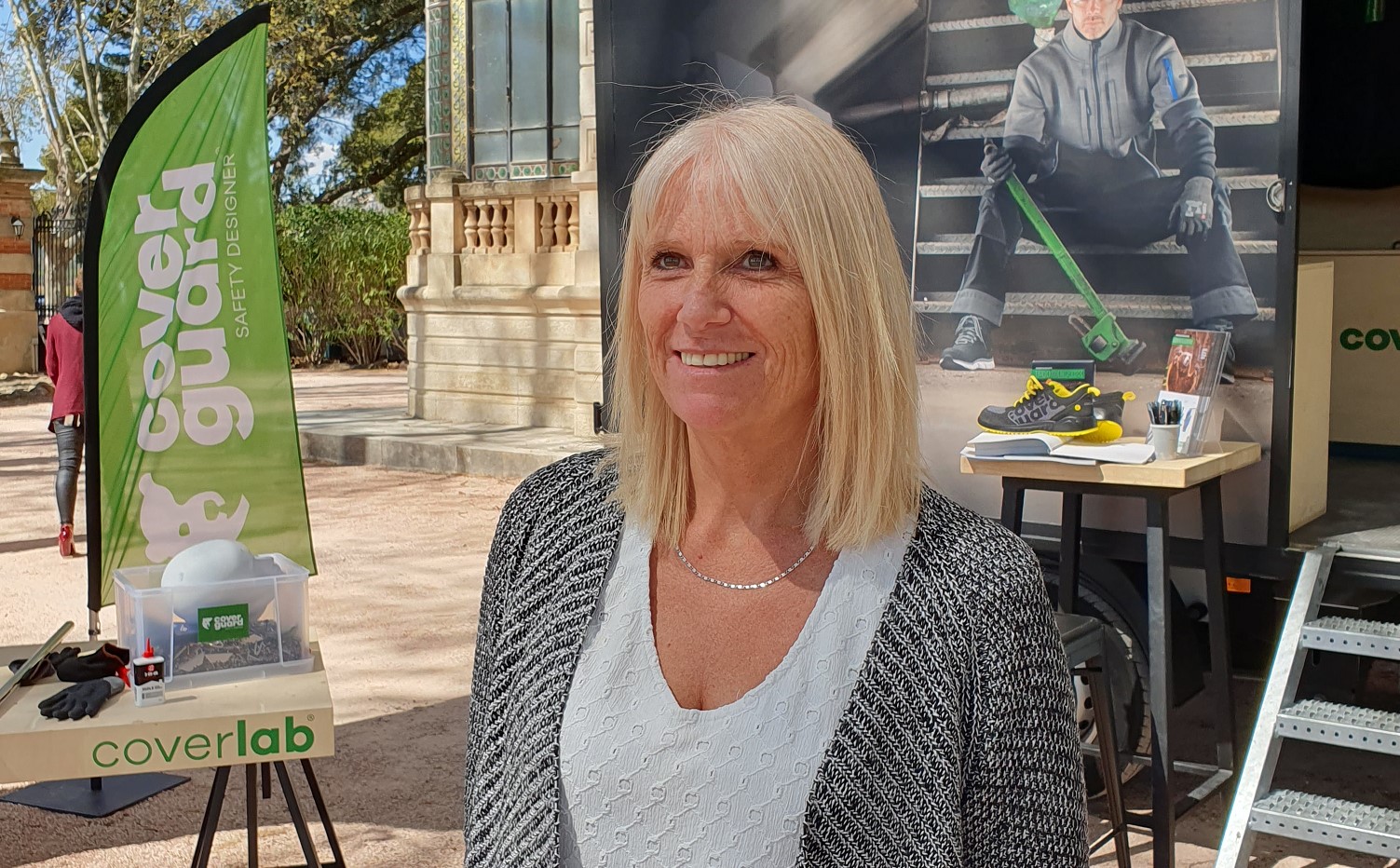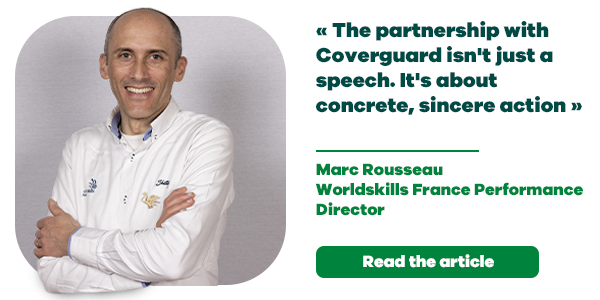Promotional operation "CLEARANCE"
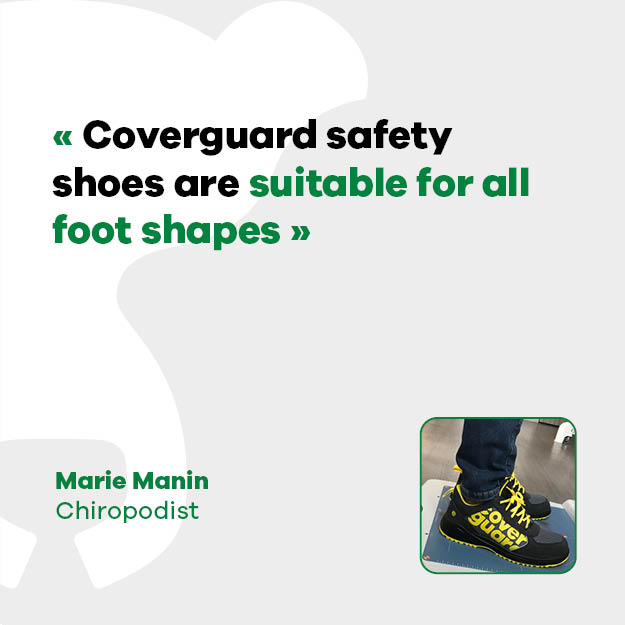
Marie Manin, Podiatrist: "Coverguard safety shoes are suitable for all foot shapes"
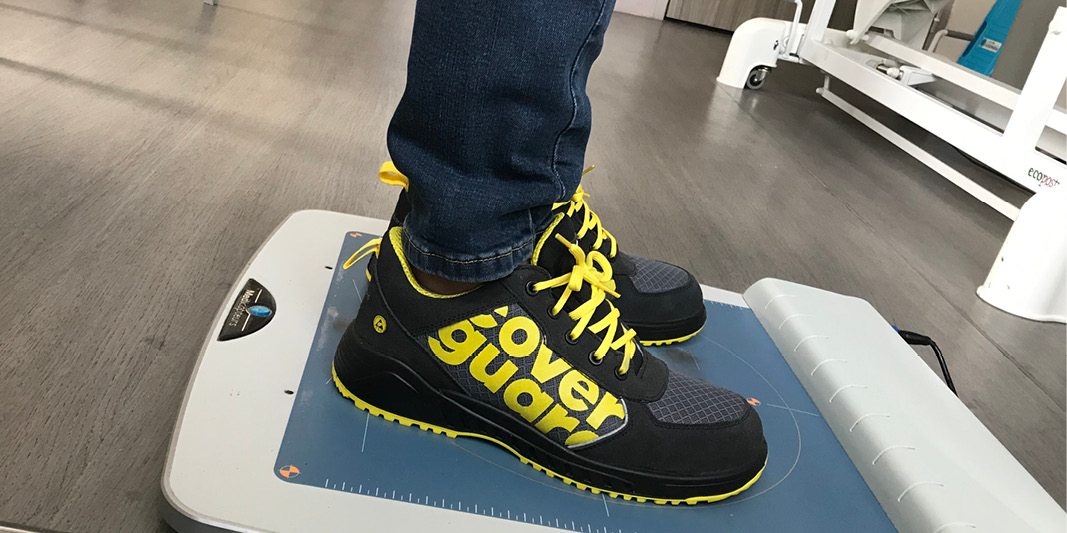
Can you introduce yourself and tell us what your profession is?
My name is Marie Manin and I am a podiatrist, a profession that consists of advising patients on footwear, therapeutic education and prevention.
What are the different shapes of feet?
There are different types of feet: flat foot, flat valgus foot, hollow foot, wide forefoot, triangular foot, Greek foot, square foot, Egyptian foot. The Coverguard safety shoes tested are normally suitable for all foot shapes because they are generally wide with a rounded toe.
What should I look for when choosing a safety shoe?
First of all, you have to pay attention to the rigidity of the shoe's upper and the rigidity of the outsole in order to correctly accompany the step. Then, you have to choose according to the use: which need for ankle support? which need for cushioning? etc.
How often should I change my safety shoes?
I think it is better to change safety shoes once a year or once every two years for two reasons
- the inside of the shoe risks losing its antifungal, antibacterial properties. Often, the counter is damaged and may injure the wearer in the long run.
- The outer materials also age quickly and will lose their properties, especially in terms of flexibility.
If the shoe is changed every two years, the insole must be changed at least once a year.
What is the purpose of the insole?
One of the primary functions of the insole is to provide comfort. In the Coverguard safety shoes I tested, they are flexible, made of synthetic materials and treated with antifungal and antibacterial agents.
The insole can be changed to keep its initial properties. As the worker sometimes has specific supports depending on his activity, the insole will naturally be damaged at certain points, and even more so if there are disorders in the podal supports.
What risks do you observe in your patients who do not wear adapted shoes?
There are two types of risk:
- at the skin level: ingrown toenail, appearance of corns, keratoderma.
- risks of podalgia (partly calcaneal entesopathy due to the rigidity of the sole), tendinopathy, gonalgia, coxalgia, lumbago and we can go on...
If the wearer's posture is disturbed by the shoe, it can cause multiple pains at different levels.
On the subject of comfort, how can we distinguish between beliefs and real benefits?
As far as I am concerned, the memory foam insole is a delusion. The purpose of the shoe is to help the patient to be erect; however, I think that the memory sole goes in the direction of the podal support defects and thus can worsen the postural imbalances. It could be interesting in a "I rest my body for some time" perspective, but I would advise against a permanent wearing.
Then, the preformed insoles which present an arch or correction elements (retro capital support type) seem to bring support, but in reality all wearers do not need it and they can also disturb the posture of the wearer.
How do we know if the sole, the shoe is adapted to the wearer?
Today, we are lucky enough to be able to measure our work thanks to a measurement tool called the stabilometry platform. This allows us to see the wearer's support with or without a sole and to visualize the center of gravity. We talk a lot in our work about patients who are "anteriorized" or not: are they normo-axed in relation to their own posture?
There is also the posturodynamic test, which allows to see if there are dysfunctions at the modal, lumbar, dorsal and cervical levels.
Finally, the unipodal support can also be a good visual indicator because it allows us to observe the wearer's balance and to define if there is a deviation of the lower limb or the trunk to compensate.












